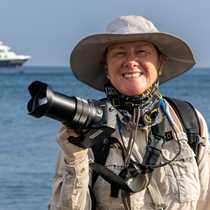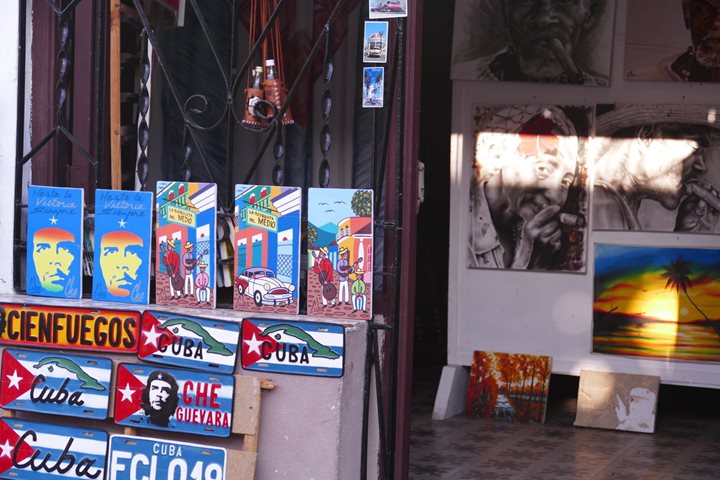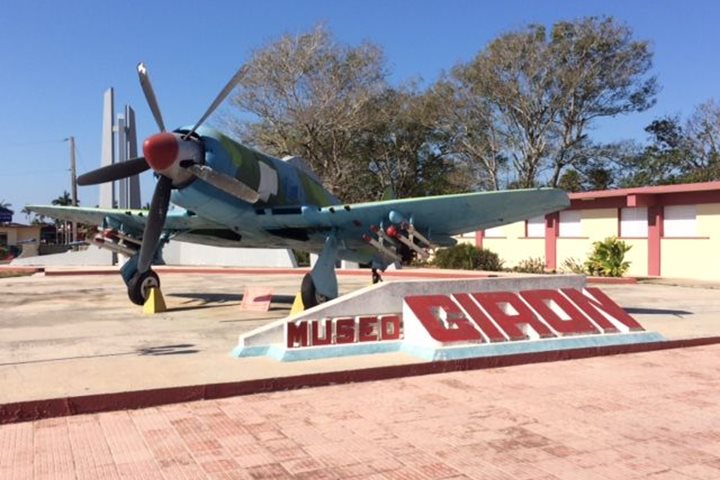The DER below is from the expedition to Cuba that began on December 21, 2016.
And a very Merry Christmas to All! My presents came wrapped in iridescent green, blue, and crimson—among many other colors!
I joined the group that woke up extremely early in order to get to the Bermejo Wildlife Refuge in the Zapata Biosphere Reserve. As soon as we got off the bus to meet our local experts, Orlando and Carlos, the birds were getting called out: emerald hummingbird, tawny-shouldered blackbird, female American kestrel, crested caracara, Cuban green woodpecker, Cuban tody (my favorite), Cuban peewee, blue-headed quail dove…and the list kept growing. Another exotic-sounding name came up as well: the great lizard cuckoo! Does it get any better?
But it did! Later that morning our hearts were captured by the bee hummingbird, the smallest on earth; we visited the home of Juana Matus and her husband who due to careful tending of attractive bushes and flowers, have turned their humble back garden into the best viewing site for these tiny flying machines. Our cameras were able to catch both the bee and emerald hummingbirds in action at as they defended what they believed to be their territories against each other.
We are here in Cuba not only to gawk in awe at it’s natural wonders, but also interact and converse with the Cuban people; and what wonderful people they are. We have had the great fortune to meet locals in almost every location we have visited. Local inhabitants, park wardens, park directors, restaurant servers, and talented musicians.
Another group chose to spend the morning at Punta Perdiz, on the southeastern corner of the Bay of Pigs. Descending a limestone karst coast, just a few steps down led into the 82 degree water, with its white sandy bottom and scattered coral dead communities that included sponges, gorgonians, hard corals, soft corals, and innumerable fish. A small group even went diving down the drop-off a few tens of meters away. The snorkelers saw loads of fish: damselfish, parrotfish, barracuda, scorpionfish, flounders, and…lionfish. Yes, those invasive lionfish have made it to Cuba. After lunch we received an interesting talk from Frank Marine, the Director of Zapata Swamp National Park, who mentioned the problem these lionfish could cause, will cause, when their numbers start to increase.
The visit we all found informative was to the Bay of Pigs Museum, where the U.S. invasion and disastrous consequences were detailed and explained. Most of us in the United States have no idea how pivotal a moment this was in the Cuban revolution; a turning point that unified many in the country.
What a day full of new experiences, sightings, and flavors. From a lunch that included crab, to a Christmas extravaganza on board! Everything was exciting. And another day is coming!







